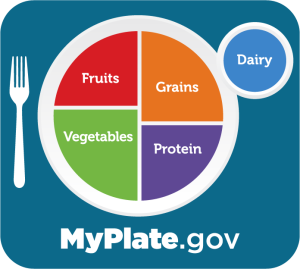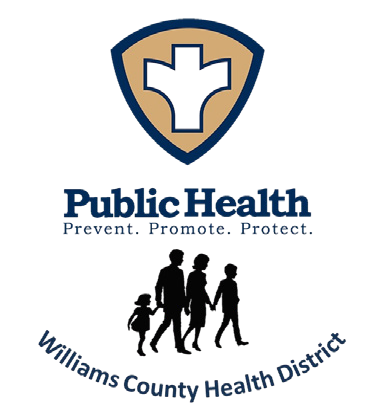
Healthy Eating
In Williams County, 82% of adults and 36% of children were considered obese or overweight in 2022. Being overweight or obese can put you at a higher risk for heart disease, stroke, type 2 diabetes, and some cancers, all of which are preventable causes of illness and death.
Along with regular exercise, adopting healthy eating habits can improve your health. A simple and effective way to create a healthy eating routine is to build your meals using MyPlate, an easy-to-follow nutrition guideline from the U.S. Department of Agriculture.
Start Simple with MyPlate

When building your meals, consider how much you need from each food group. Follow these tips:
WCHD nutrition programs:

The Williams County Health Department is dedicated to improving health through nutrition education, especially in our schools. Our goal is to improve eating habits and to make the healthy choice the easy choice. To learn more about our nutrition education programs, including MyPlate and CATCH Nutrition, please contact our Health Education Specialists by calling 419-485-3141.
